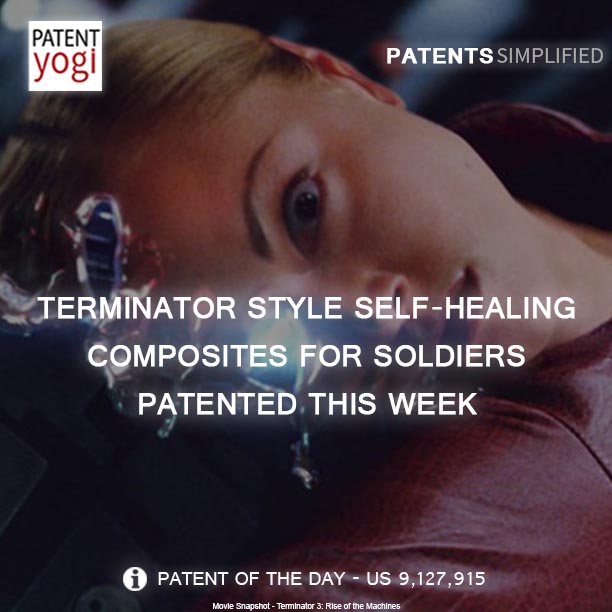The drive towards designing the “high-tech” solider and combat vehicle is fueling development of new material technologies that rival the revolution in materials seen during World War II, when the modern plastics industry was created. The primary function of anti-ballistic armor is to impede projectile penetration and to quickly diffuse the impact energy. To date anti-ballistic materials are primarily made from steel, high strength woven fibers including Spectra.RTM., Kevlar.RTM., Innegra-S.RTM. and Dyneema.RTM., and ceramics of differing compositions.
In most cases, except for anti-ballistic steel, these commercially available products are woven, or in the case of Dyneema.RTM., non-woven, in various configurations. Fibers are usually combined with other substrates, different in composition, to produce the final anti-ballistic material. The final products produced are composites of layers of anti-ballistic fabrics and substrates. These substrates include ceramic, steel, fiberglass, and in some cases thermoplastic materials as well as fiber cement board. Fabrics alone are not used as armor in high impact ballistic scenarios. Anti-ballistic steel is heavy and difficult to form, although it can be monolithic in form, not requiring secondary substrate layers. Some forms fuse two different types of steel of differing hardness as taught in U.S. Pat. No. 7,520,205, in any case they add to the armor’s weight.
All current anti-ballistic materials are expensive and in most cases heavy. It is believed what is needed is a monolithic composite material that is easily formed, does not degrade under repeated fire, and is inexpensive to produce.
The invention provides lightweight self-healing composites comprising region-specific microstructures that can dampen significant ballistic energy are described. This material not only can absorb high impact projectile piercing energy but it can also be lighter than traditional anti-ballistic materials such as steel and ceramic and can be made less expensive than Kevlar.RTM..
Patent Information
Patent Number: US 9,127,915
Patent Title: Self-healing composites
Inventors: Tsai; Fu-Jya Daniel (Alpharetta, GA), Luscombe, III; John Bicknell (Alpharetta, GA)
Applicant: Novana, Inc.
Family ID: 1000001083965
Appl. No.: 13/668,617
Filed: November 5, 2012
Abstract: Lightweight self-healing composites comprise region-specific microstructures that dampen ballistic energy wherein the region-specific microstructures include at least one semi-crystalline thermoplastic and at least one nanoparticle nucleating agent. The distinctive region-specific microstructures allow the composites to dissipate high frequency and high amplitude shock wave into heat and reassemble itself into its original microstructure through reversible compression and decompression cycles. The region-specific microstructures comprise soft regions, comprised of highly polymeric entangled chains and hard regions, comprised of lamellae or spherullites anchored onto nanoparticle nucleating agents. The soft regions can trap the incoming energy shock wave while the hard regions provide the anchor sites, to allow the entangled chains to remain in place upon encountering ballistic impact. The anti-ballistic composites can be made in a monolithic form and do not significantly degrade under repeated fire.


